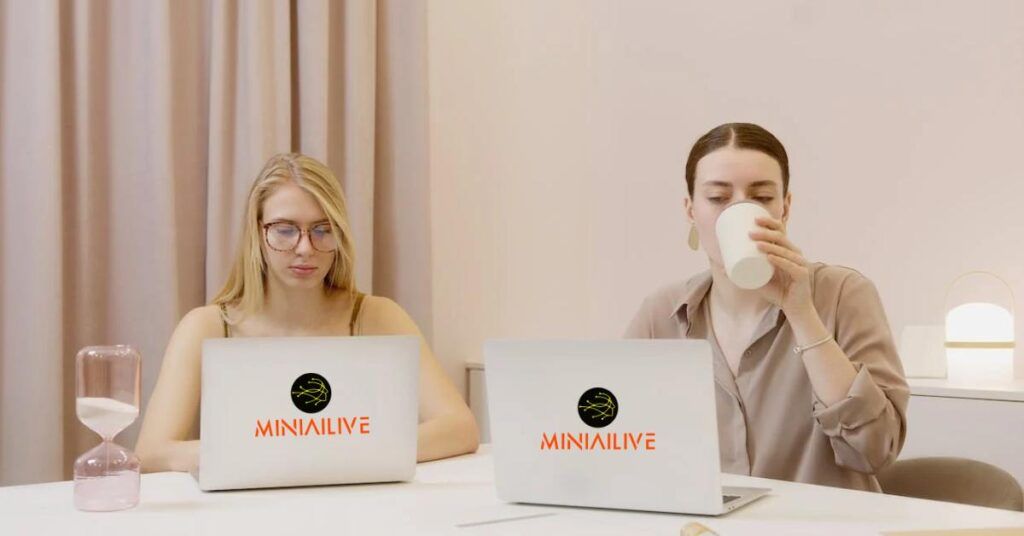GitHub is an essential platform for software developers to store and manage code remotely as well as collaborate with teams globally. At its core, GitHub provides version control and a central place to update code for passive liveness detection. However, beyond these basic functions there are ways to get more value out of GitHub through a technique known as passive liveness. Ensuring that the individuals interacting with repositories are genuinely who they claim to be is vital for project integrity, intellectual property protection, and maintaining trust within the development ecosystem with Passive liveness. Passive liveness detection has emerged as a powerful tool for combating fraudulent access and enhancing authentication.
What is Passive Liveness?
Passive liveness detection refers to the process of determining whether a biometric sample (typically a facial image or video) originates from a living person, present at the time of capture. In contrast to active liveness, where the user is prompted to perform specific actions like blinking or head movements, passive methods are less intrusive and focus on subtle, natural cues.
Why Passive Liveness Matters for GitHub?
| Threat | Description | Impact on GitHub | Passive Liveness Mitigation |
|---|---|---|---|
| Bot Accounts | Automated programs created to perform malicious actions. | Spam, fake reviews, code manipulation. | Block bot registrations with liveness checks. |
| Account Takeovers | Attackers gain access to legitimate accounts. | Unauthorized access, data breaches, compromised repositories. | Require liveness verification for unrecognized devices or locations. |
| Deepfakes | AI-generated videos or images used for impersonation. | Bypassing authentication, spreading misinformation, damaging trust. | Detect inconsistencies in facial features, skin texture, and eye movements. |
| Credential Stuffing | Attackers use stolen credentials from other platforms. | Large-scale account compromises, potential data breaches. | Implement multi-factor authentication with liveness checks. |
| Social Engineering | Tricking users into revealing sensitive information. | Phishing attacks, account hijacking, access to sensitive data. | Educate users, raise awareness, use liveness for high-risk actions. |
| Session Hijacking | Attackers intercept or steal user sessions. | Unauthorized access, data theft, manipulation of repository content. | Enforce strong password policies, use liveness for critical actions. |
| Man-in-the-Middle Attacks | Attackers intercept communication between users and GitHub. | Data interception, session hijacking, potential code injection. | Implement secure communication protocols, use liveness for sensitive actions. |
| Denial-of-Service Attacks | Overwhelm GitHub servers with fake traffic. | Disrupting service, preventing legitimate users from accessing resources. | Implement rate limiting, bot detection with liveness checks. |
| Supply Chain Attacks | Compromising third-party code integrated into projects. | Malicious code injection, vulnerabilities, data breaches. | Integrate liveness verification for external collaborators or code reviewers. |
| Insider Threats | Malicious actions by authorized users with access. | Data breaches, intellectual property theft, sabotage of projects. | Monitor user activity, implement liveness checks for sensitive actions, require multi-factor authentication. |
Core Techniques utilized in Passive Liveness Detection
| Technique | Description |
|---|---|
| Texture Analysis | Examines skin micro-textures for patterns characteristic of living tissue. Differences in texture complexity and distribution can distinguish real faces from photos or masks. |
| Motion Analysis | Detects subtle involuntary movements such as eye blinking, micro-expressions, or slight head tremors. These natural cues are difficult for attackers to replicate. |
| 3D Reconstruction | Uses images at multiple angles or depth sensors to build a 3D model of a face. Spoofing attempts with flat images or masks become readily detectable. |
| Reflection Analysis | Analyzes light reflections in the eyes and on the skin. Differences in reflection patterns can differentiate real faces from fakes. |
| Skin Tone Variability | Detects natural variations in skin tone across different facial regions. These variations can be consistent in fake images. |
| Frequency Domain Analysis | Examines the image's frequency content for subtle artifacts introduced by printouts or display screens used in spoofing attempts. |
| Challenge-Response | Requires the user to perform subtle actions or respond to prompts, making it difficult to spoof with static images or pre-recorded videos. |
| Multi-Modal Liveness | Combines multiple techniques (e.g., face and voice analysis) to enhance accuracy and make spoofing more difficult. |
Essential considerations for integrating passive and active liveness into GitHub
Accuracy vs. User Experience – False Rejection Rate (FRR) measures how often legitimate users are incorrectly flagged as fraudulent. Striking a balance between high accuracy and minimizing false rejections is crucial to avoid unnecessary friction. False Acceptance Rate (FAR) indicates how often fraudulent attempts are incorrectly accepted as genuine. Prioritize solutions with proven low FAR, especially for sensitive actions within GitHub.
Privacy and Security – Establish clear policies on storing and processing biometric data. Options include on-device processing to minimize central storage, strong encryption, and strict access controls. Obtain explicit user consent before collecting biometric data and provide clear options for users to manage their authentication preferences. Define data retention periods in compliance with regulations and minimize the storage of sensitive biometric information for as long as necessary.
Accessibility – Ensure the chosen solution is inclusive and accommodates users with a range of abilities. Consider alternative authentication methods for those who might have difficulty with liveness checks due to disabilities. Conduct accessibility testing with users representing diverse abilities to uncover potential barriers and make necessary adjustments.
Cost and Maintainability – Weigh the benefits of commercial solutions (e.g., accuracy, anti-spoofing) against the costs. Evaluate open-source options if you have in-house expertise but consider the potential for increased development and maintenance overhead. Spoofing techniques evolve rapidly so choose solutions with active research and development teams committed to updating their detection algorithms to combat new threats.
Advantages of Passive Liveness GitHub
| Advantage | Description |
|---|---|
| Enhanced Bot Detection | Passive liveness can effectively detect and block automated bots attempting to create fake accounts or spread malicious content. |
| Reduced Account Takeover Risk | Serves as an additional authentication layer, making it significantly more difficult for attackers to access accounts even with stolen credentials. |
| Deepfake Protection | Helps identify manipulated videos or images used to impersonate users, safeguarding GitHub's integrity. |
| Improved User Trust | Provides reassurance to legitimate users, knowing robust security measures are in place to protect their contributions and the platform's authenticity. |
| Simplified User Experience | Compared to active liveness challenges, passive methods are less intrusive and promote smoother user workflows. |
| Adaptability | Can be deployed strategically at various authentication points (account creation, high-risk actions) for tailored security. |
| Compliance | May aid in meeting stricter industry regulations or security standards around identity verification and fraud prevention. |
| Competitive Advantage | Positions GitHub as a leader in proactive security, attracting users concerned about platform safety. |
Popular Passive Liveness Detection Libraries
| Library/SDK | Language | Techniques Employed | Strengths | Limitations |
|---|---|---|---|---|
| OpenCV | C++, Python | Texture, motion analysis, basic 3D | Open-source, versatile, mature | Requires customization for robust liveness detection |
| iProov | Mobile SDKs | Light reflection, 3D, micro-expressions | Commercial solution, high accuracy, strong anti-spoofing | Cost, vendor dependence |
| Facetec | Mobile SDKs | Texture, motion, 3D depth | Enterprise-focused, strong anti-spoofing | Cost, vendor dependence |
| BioID | Multiple Platforms | Multi-modal (face, iris, voice) | Proven track record, high accuracy | Complexity, cost |
| Innovatrics | Mobile SDKs, Web | Texture, motion, 3D reconstruction | Strong focus on accuracy, iBeta certification | Cost, vendor dependence |
| Trueface | SDKs, Cloud API | Texture, motion, 3D, liveness confidence scores | Ease of integration, pay-per-use model | Potential latency with cloud API |
| Antispoof.ai | Cloud API | Multiple techniques (undisclosed) | Simple API integration, cross-platform | Limited transparency on methods |
| Jumio (https://www.jumio.com/) | Mobile SDKs, Web | Texture, motion, 3D, document verification | Part of broader identity verification suite | Can be more complex than liveness-only solutions |
| HYPR | SDKs | Wide range of biometric modalities, including face | Focus on enterprise use cases | Cost, potential complexity |
| Aware | SDKs | Liveness as part of a comprehensive biometric suite | Extensive biometric capabilities | Can be overkill for liveness-only needs |
Passive liveness GitHub offers a powerful way to enhance GitHub’s security landscape. As technology evolves, careful selection of solutions, along with attention to privacy, accessibility, and cost, will ensure that passive liveness becomes a robust line of defense for GitHub’s collaborative environment.















